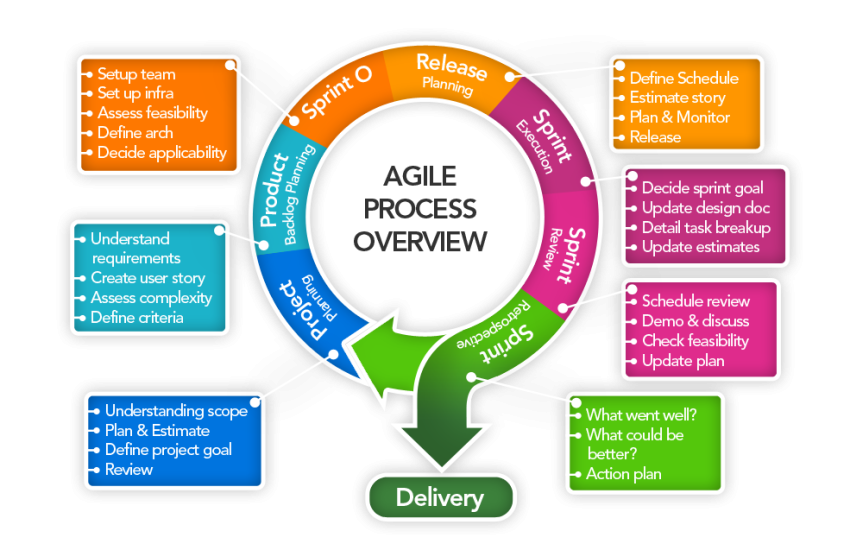How to Build a Scalable Website with Web Development
In today’s digital age, having a scalable website is crucial for any business looking to grow and succeed online. A scalable website is one that can handle an increase in traffic, content, and functionality without experiencing performance issues or downtime. In this article, we will explore the key principles and best practices for building a scalable website using web development techniques.
Choose the Right Technology Stack
When building a scalable website, the technology stack you choose plays a crucial role in determining its performance and scalability. It is essential to select technologies that are known for their scalability, reliability, and performance. Popular choices for building scalable websites include HTML, CSS, JavaScript, and server-side languages such as Node.js, Python, or Ruby on Rails.
Design for Scalability
When designing a website for scalability, it is essential to consider factors such as load balancing, caching, database optimization, and server redundancy. By designing your website with scalability in mind, you can ensure that it can handle increased traffic and performance demands without compromising the user experience.
Optimize for Speed
Website speed is a crucial factor in determining user experience and search engine rankings. To build a scalable website, it is essential to optimize for speed by minimizing HTTP requests, compressing images and files, and implementing caching mechanisms. By focusing on speed optimization, you can ensure that your website can handle a high volume of traffic while maintaining fast load times.
Utilize Content Delivery Networks (CDNs)
Content Delivery Networks (CDNs) are a powerful tool for optimizing website performance and scalability. CDNs work by distributing website content across multiple servers located in different geographic locations. By utilizing a CDN, you can ensure that your website loads quickly for users around the world, regardless of their location.
Implement Responsive Design
In today’s mobile-first world, responsive design is essential for building a scalable website. Responsive design ensures that your website looks and functions well on a variety of devices, including smartphones, tablets, and desktop computers. By implementing responsive design, you can cater to a broader audience and ensure a consistent user experience across all devices.
Monitor and Test Performance
Monitoring and testing website performance is crucial for maintaining scalability and identifying potential issues before they impact the user experience. By using tools such as Google PageSpeed Insights, GTmetrix, or Pingdom, you can track your website’s performance metrics and make necessary adjustments to improve scalability and speed.
Conclusion
Building a scalable website with web development requires careful planning, strategic design, and continuous optimization. By following the principles and best practices outlined in this article, you can create a website that can handle an increase in traffic, content, and functionality while maintaining fast load times and a seamless user experience. Remember to choose the right technology stack, design for scalability, optimize for speed, utilize CDNs, implement responsive design, and monitor performance to ensure the scalability and success of your website.


